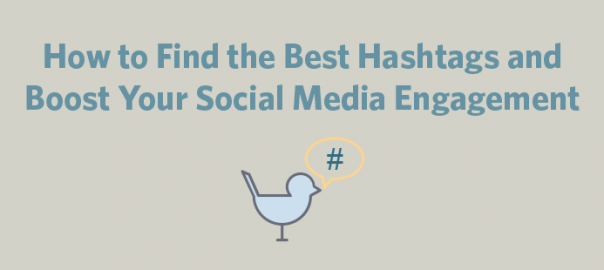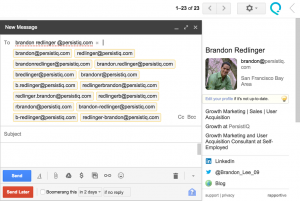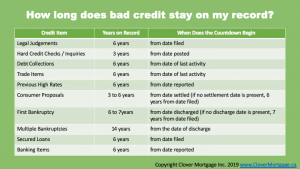
Before we start talking about how to find the best hashtags, let’s do a little review of what exactly hashtags are — this is for those of you who aren’t exactly social media gurus; the rest of you can feel free to skip over.
A hashtag is just a way of labelling and finding social media updates. It could apply to something that’s trending, like #Movember, or it could be specific to a certain campaign, like #CureBreastCancer.
Hashtags started out on Twitter, but now they’re used across all social media. So, which ones are relevant to your niche, and which ones should you use? I’ve given advice on hashtag use and overuse elsewhere; today we’re mostly going to focus on the tags themselves.
There are a number of online tools that you can use to find the best hashtags.
Twitter is still one of the best resources for finding great hashtags, but don’t discount the usefulness of other tools. The following are three of the best — and they’re free!
WhatTheTrend
WhatTheTrend is a veritable wellspring of Twitter statistics and information. It’s owned by Hootsuite, which means that you can track hashtags as streams within Hootsuite. It lets you see trends globally, nationally, and even trends that are specific to your own city. You can track by the day, or by the month. The basic service is free, but if you want more options you can upgrade to paid service.
Hashtags.org
This venerable service got its start in 2007 as a freebie, and the basic tracking functions are still free — you can see what’s been trending over the previous 24 hours. However, if you want to store hashtags and monitor them over longer periods of time, you will have to upgrade to the paid service.
Trendsmap
To be realistic, Trendsmap isn’t the most exciting tool visually when it comes to helping you find the best hashtags, but it does allow you to see hashtags by city, country or continent on a world map. If your main focus is local, this is a very useful, very practical tool.
Using hashtags effectively
It’s not enough to just know how to use hashtags. You need to make sure that your hashtags are relevant to your subject matter. It’s also a good idea to base your hashtags on popular keywords. Google Keyword Planner is a great resource you can use. You also want to be careful how you structure your hashtags.
After you create your hashtag, read it, read it again, and then say it out loud. Why? Because a bad hashtag can make you an object of embarrassment and ridicule…it’s happened to personalities as wonderful as singer Susan Boyle and companies as big as Research in Motion (RIM).
Measuring the competition
I often head over to Twazzup to see how people are using a certain hashtag at any time of the day. You sign in with Twitter and then enter a hashtag or keyword. You get all the latest results scrolling down your screen, as well as how influencers are using the hashtag.
This lets you see what kind of competition there will be to get eyeballs on your hastagged tweet. Twazzup will also tell you about how many times that hashtag is used in one hour. If you’re using a hashtag that is used 3,000 times per hour, you know two things:
- It’s a popular hashtag, and
- Your post will be pushed off the top of recently published posts very quickly.
Those two attributes play against one another. You want to use a hashtag that gets some use, but if it’s too popular, your tweet might get instantly buried.
To decide what to do in situations like these, you’ll have to do some testing. You can also develop long-tail hashtags and use them along with the more popular hashtags; for example #smallbusiness and #smallbusinessorlando.
Now for a final word: #goodluck!
Check out the Social Media Quickstarter for more social media marketing advice!
Digital & Social Articles on Business 2 Community(11)
Report Post







